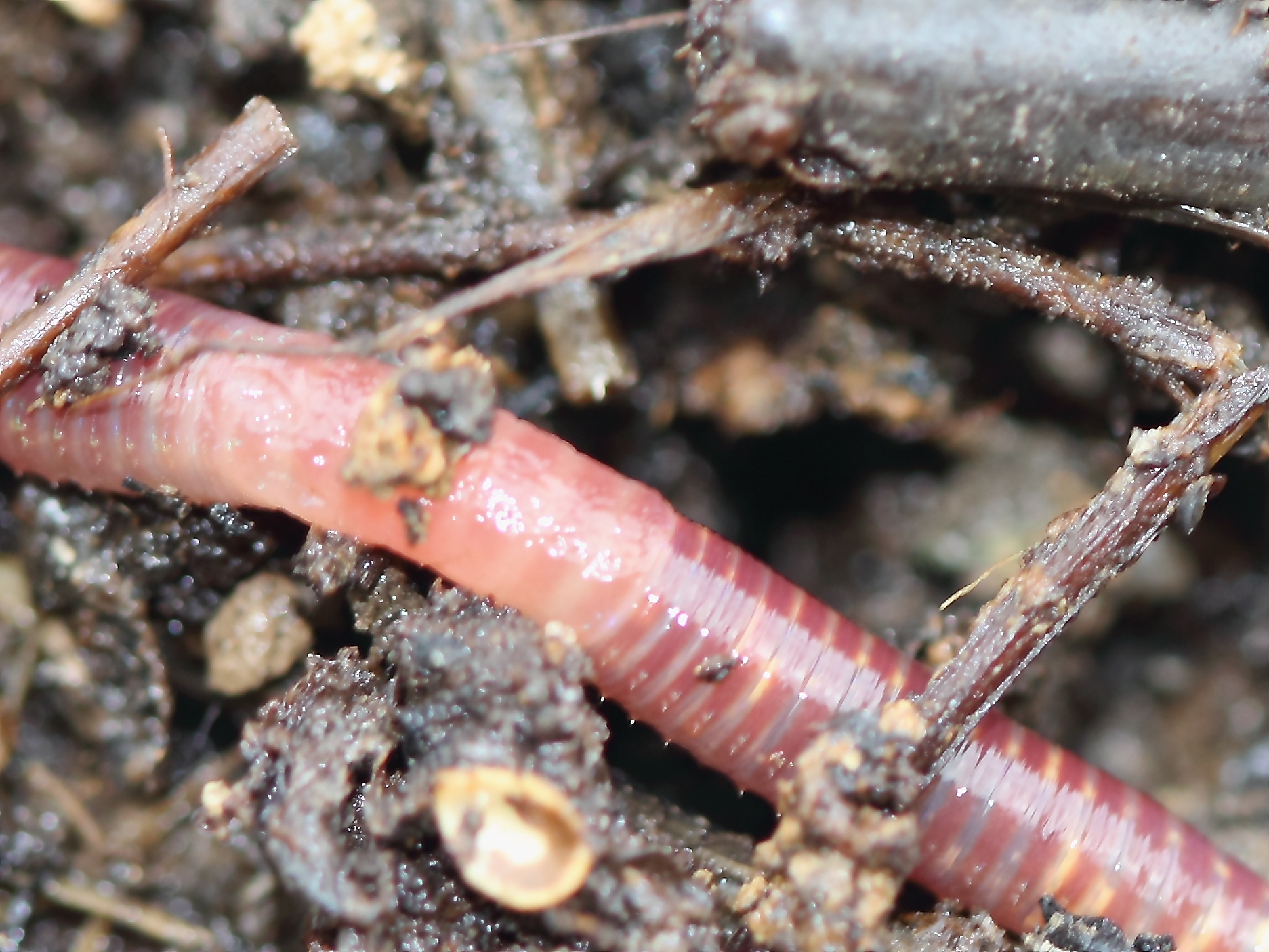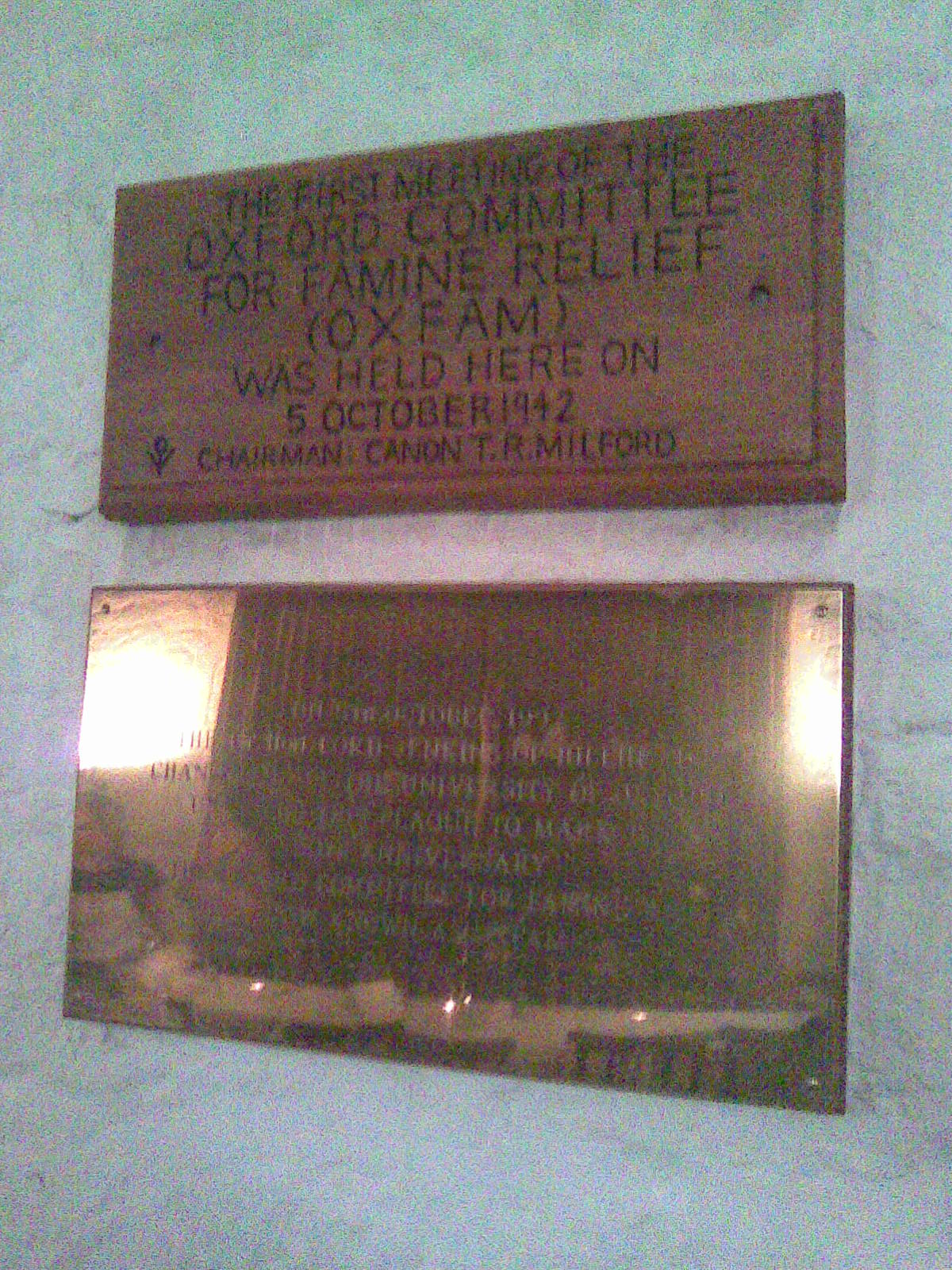|
Vermifilter Toilet
Vermifilter toilet, also known as a primary vermifilter, vermidigester toilet, tiger toilet or tiger worm toilet, is an on-site sanitation system in which human excreta are delivered from a toilet (usually by flushing) onto a medium containing a worm-based ecosystem. Faecal solids are trapped on the surface of the vermifilter where digestion takes place. Liquids typically flow through drainage media, before the effluent is infiltrated into the soil. Description A vermifilter toilet contains composting worms such as ''Eisenia fetida'' that digest human faeces, thus reducing the accumulation of solids in the system and reducing the need for frequent emptying, in comparison with pit latrines. Further, worm-based digestion is virtually complete and produces vermicompost, so emptying does not involve handling of sludge or require a specialist service. This is a key benefit to users, as is the associated lack of smells. In field trials in rural India, Chemical oxygen demand (COD) ... [...More Info...] [...Related Items...] OR: [Wikipedia] [Google] [Baidu] |
Composting Worms
Vermicompost (vermi-compost) is the product of the decomposition process using various species of worms, usually red wigglers, white worms, and other earthworms, to create a mixture of decomposing vegetable or food waste, bedding materials, and vermicast. This process is called vermicomposting, while the rearing of worms for this purpose is called vermiculture. Vermicast (also called worm castings, worm humus, worm manure, or worm faeces) is the end-product of the breakdown of organic matter by earthworms. These excreta have been shown to contain reduced levels of contaminants and a higher saturation of nutrients than the organic materials before vermicomposting. Vermicompost contains water-soluble nutrients and is an excellent, nutrient-rich organic fertilizer and soil conditioner.Coyne, Kelly and Erik Knutzen. ''The Urban Homestead: Your Guide to Self-Sufficient Living in the Heart of the City.'' Port Townsend: Process Self Reliance Series, 2008. It is used in gardening and su ... [...More Info...] [...Related Items...] OR: [Wikipedia] [Google] [Baidu] |
Eisenia Fetida
''Eisenia fetida'', known under various common names such as manure worm, redworm, brandling worm, panfish worm, trout worm, tiger worm, red wiggler worm, etc., is a species of earthworm adapted to decaying organic material. These worms thrive in rotting vegetation, compost, and manure. They are epigean, rarely found in soil. In this trait, they resemble ''Lumbricus rubellus''. Red wigglers are reddish-brown in color, have small rings around their body and have a yellowish tail. They have groups of bristles (called setae) on each segment that move in and out to grip nearby surfaces as the worms stretch and contract their muscles to push themselves forward or backward. ''Eisenia fetida'' worms are native to Europe, but have been introduced (both intentionally and unintentionally) to every other continent except Antarctica. ''Eisenia fetida'' also possess a unique natural defense system in their coelomic fluid: cells called coelomocytes secrete a protein called lysenin, wh ... [...More Info...] [...Related Items...] OR: [Wikipedia] [Google] [Baidu] |
Faeces
Feces ( or faeces), known colloquially and in slang as poo and poop, are the solid or semi-solid remains of food that was not digested in the small intestine, and has been broken down by bacteria in the large intestine. Feces contain a relatively small amount of metabolic waste products such as bacterially altered bilirubin, and dead epithelial cells from the lining of the gut. Feces are discharged through the anus or cloaca during defecation. Feces can be used as fertilizer or soil conditioner in agriculture. They can also be burned as fuel or dried and used for construction. Some medicinal uses have been found. In the case of human feces, fecal transplants or fecal bacteriotherapy are in use. Urine and feces together are called excreta. Skatole is the principal compound responsible for the unpleasant smell of feces. Characteristics The distinctive odor of feces is due to skatole, and thiols (sulfur-containing compounds), as well as amines and carboxylic acids. Skatole ... [...More Info...] [...Related Items...] OR: [Wikipedia] [Google] [Baidu] |
Vermicompost
Vermicompost (vermi-compost) is the product of the decomposition process using various species of worms, usually red wigglers, white worms, and other earthworms, to create a mixture of decomposing vegetable or food waste, bedding materials, and vermicast. This process is called vermicomposting, while the rearing of worms for this purpose is called vermiculture. Vermicast (also called worm castings, worm humus, worm manure, or worm faeces) is the end-product of the breakdown of organic matter by earthworms. These excreta have been shown to contain reduced levels of contaminants and a higher saturation of nutrients than the organic materials before vermicomposting. Vermicompost contains water-soluble nutrients and is an excellent, nutrient-rich organic fertilizer and soil conditioner.Coyne, Kelly and Erik Knutzen. ''The Urban Homestead: Your Guide to Self-Sufficient Living in the Heart of the City.'' Port Townsend: Process Self Reliance Series, 2008. It is used in gardening and su ... [...More Info...] [...Related Items...] OR: [Wikipedia] [Google] [Baidu] |
Chemical Oxygen Demand
In environmental chemistry, the chemical oxygen demand (COD) is an indicative measure of the amount of oxygen that can be consumed by reactions in a measured solution. It is commonly expressed in mass of oxygen consumed over volume of solution which in SI units is milligrams per litre ( mg/ L). A COD test can be used to easily quantify the amount of organics in water. The most common application of COD is in quantifying the amount of oxidizable pollutants found in surface water (e.g. lakes and rivers) or wastewater. COD is useful in terms of water quality by providing a metric to determine the effect an effluent will have on the receiving body, much like biochemical oxygen demand (BOD). Overview The basis for the COD test is that nearly all organic compounds can be fully oxidized to carbon dioxide with a strong oxidizing agent under acidic conditions. The amount of oxygen required to oxidize an organic compound to carbon dioxide, ammonia, and water is given by: :\mbox_n\mbox_a\mb ... [...More Info...] [...Related Items...] OR: [Wikipedia] [Google] [Baidu] |
Oxfam
Oxfam is a British-founded confederation of 21 independent charitable organizations focusing on the alleviation of global poverty, founded in 1942 and led by Oxfam International. History Founded at 17 Broad Street, Oxford, as the Oxford Committee for Famine Relief by a group of Quakers, social activists, and Oxford academics in 1942 and registered in accordance with UK law in 1943, the original committee was a group of concerned citizens, including Henry Gillett (a prominent local Quaker), Theodore Richard Milford, Gilbert Murray and his wife Mary, Cecil Jackson-Cole, and Alan Pim. The committee met in the Old Library of University Church of St Mary the Virgin, Oxford, for the first time in 1942, and its aim was to help starving citizens of occupied Greece, a famine caused by the Axis occupation of Greece and Allied naval blockades and to persuade the British government to allow food relief through the blockade. The Oxford committee was one of several local committees for ... [...More Info...] [...Related Items...] OR: [Wikipedia] [Google] [Baidu] |
Dean Cameron (inventor)
Dean Cameron is an Australian inventor from Maleny, Australia. He is the inventor of Biolytix and Joinlox. He has received awards for his inventions, including ABC (Australian TV channel), ABC's 2008 national New Inventors award for Joinlox, the 2007 Asian Innovation Award, the People's Choice Award at The Australian and New Zealand Innovation Awards in 2008, and the Clunies Ross Award. He owned Biolytix Water Australia Pty. Ltd. until its liquidation in 2011. Biolytix How it works Biolytix is a sewage treatment and filtration system that works by using natural aeration. The Biolytix Biopod is where most of the process takes place. The water gets separated for the waste and bacterium or worms decompose it into humus; an organic compound that is made by the organisms that live in soil. The Biopod is a layered filter that filters the waste out of the water. Upon installation Eisenia fetida, tiger worms are introduced to the environment of the Biopod to help break down and separ ... [...More Info...] [...Related Items...] OR: [Wikipedia] [Google] [Baidu] |
Composting Toilet
A composting toilet is a type of dry toilet that treats human waste by a biological process called composting. This process leads to the decomposition of organic matter and turns human waste into compost-like material. Composting is carried out by microorganisms (mainly bacteria and fungi) under controlled aerobic conditions. Most composting toilets use no water for flushing and are therefore called "dry toilets". In many composting toilet designs, a carbon additive such as sawdust, coconut coir, or peat moss is added after each use. This practice creates air pockets in the human waste to promote aerobic decomposition. This also improves the carbon-to-nitrogen ratio and reduces potential odor. Most composting toilet systems rely on mesophilic composting. Longer retention time in the composting chamber also facilitates pathogen die-off. The end product can also be moved to a secondary system – usually another composting step – to allow more time for mesophilic composting t ... [...More Info...] [...Related Items...] OR: [Wikipedia] [Google] [Baidu] |
Vermifilter
A vermifilter (also vermi-digester or lumbrifilter) is an aerobic treatment system, consisting of a biological reactor containing media that filters organic material from wastewater. The media also provides a habitat for aerobic bacteria and composting earthworms that purify the wastewater by removing pathogens and oxygen demand. The "trickling action" of the wastewater through the media dissolves oxygen into the wastewater, ensuring the treatment environment is aerobic for rapid decomposition of organic substances. Vermifilters are most commonly used for sewage treatment and for agro- industrial wastewater treatment. Vermifilters can be used for primary, secondary and tertiary treatment of sewage, including blackwater and greywater in on-site systems and municipal wastewater in large centralised systems. Vermifilters are used where wastewater requires treatment before being safely discharged into the environment. Treated effluent is disposed of to either surface or sub ... [...More Info...] [...Related Items...] OR: [Wikipedia] [Google] [Baidu] |
Sanitation
Sanitation refers to public health conditions related to clean drinking water and treatment and disposal of human excreta and sewage. Preventing human contact with feces is part of sanitation, as is hand washing with soap. Sanitation systems aim to protect human health by providing a clean environment that will stop the transmission of disease, especially through the fecal–oral route.SuSanA (2008)Towards more sustainable sanitation solutions Sustainable Sanitation Alliance (SuSanA) For example, diarrhea, a main cause of malnutrition and stunted growth in children, can be reduced through adequate sanitation. There are many other diseases which are easily transmitted in communities that have low levels of sanitation, such as ascariasis (a type of intestinal worm infection or helminthiasis), cholera, hepatitis, polio, schistosomiasis, and trachoma, to name just a few. A range of sanitation technologies and approaches exists. Some examples are community-led total sanitation ... [...More Info...] [...Related Items...] OR: [Wikipedia] [Google] [Baidu] |
Toilets
A toilet is a piece of sanitary hardware that collects human urine and feces, and sometimes toilet paper, usually for disposal. Flush toilets use water, while dry or non-flush toilets do not. They can be designed for a sitting position popular in Europe and North America with a toilet seat, with additional considerations for those with disabilities, or for a squatting posture more popular in Asia (see squat toilet). In urban areas, flush toilets are usually connected to a sewer system that leads to septic tanks in isolated areas. The waste is known as '' blackwater'' and the combined effluent including other sources is sewage. Dry toilets are connected to a pit, removable container, composting chamber, or other storage and treatment device, including urine diversion with a urine-diverting toilet. The technology used for modern toilets varies. Toilets are commonly made of ceramic (porcelain), concrete, plastic, or wood. Newer toilet technologies include dual flushing, ... [...More Info...] [...Related Items...] OR: [Wikipedia] [Google] [Baidu] |





.jpg)